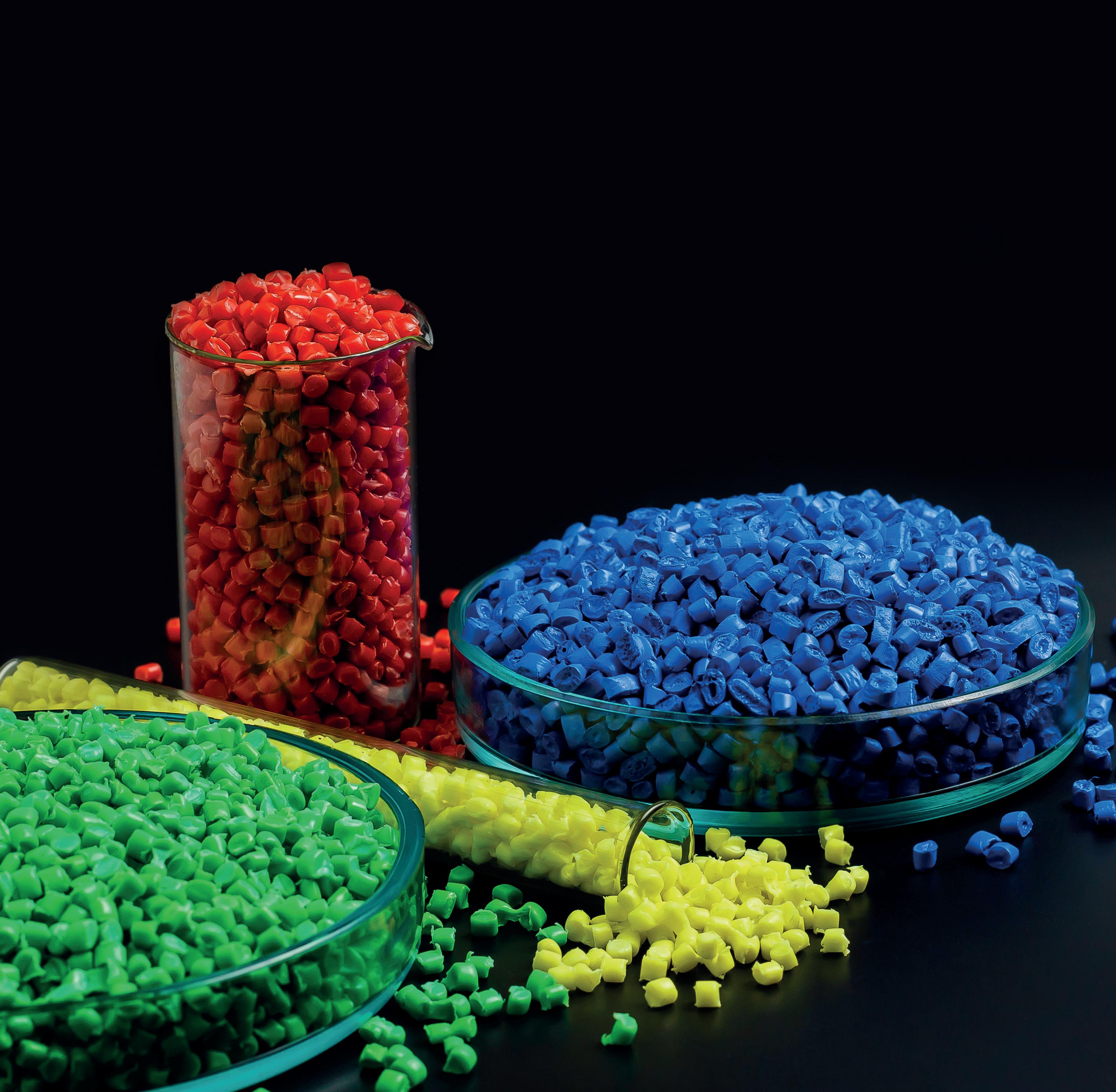MATERIAL SELECTION
WHAT TO CONSIDER WHEN CHOOSING AN INJECTION MOULD MATERIAL
When selecting an injection mould material, it is important to have a general understanding of plastic material properties and the standards used to measure performance.
THINGS TO CONSIDER
The intended use of the part being produced is key when selecting a material. For example, will it be used for high-impact applications? Within harsh environments like the aerospace industry, factors such as sunlight, damp or underwater conditions, temperature and UV resistance should be taken into consideration. If not, the part may not be fit for use or last as long as intended or required.
FORM
Do the parts have complex internal features or tight tolerance requirements?
COSMETIC REQUIREMENTS
Does the part need to be completely transparent, or a certain colour? Colour matching may be required if your part needs to match others in an assembly.
Finishing standards, such as VDI, provide standard references for a surface finish you should specify for your parts, ranging from optically-polished SPI-A1 through coarse matte SPI-D3. Mould texturing, such as those defined by MoldTech is another option to consider.
MATERIAL HARDNESS AND FLEXIBILITY
How hard does the material need to be? The hardness is also referred to as Shore hardness, named after Albert Shore, who developed the durometer scale used to measure material hardness. Conversely, flexible material has the ability to bend under stress without breaking easily.
Unit 7, Marlborough House, Business Park, 64 Marlborough Road, Lancing, BN15 8UF
MATERIAL SELECTION
REGULATORY COMPLIANCES
The need for compliances can quickly increase the cost of the part, which is why it is important to evaluate what is required at the outset. For example, does your part need to be food safe, achieve FDA, HACCP or ISO requirements, be medical grade or meet certain electrical compliance?
Materials can also be reinforced with fibres, rubber particles, minerals or flame-retardant agents to modify their physical properties. For example, fibreglass can be mixed with the pellets at ratios of 10%, 15% or 30% resulting in parts with higher stiffness.
SECONDARY OPERATIONS
Over-moulded parts react to chemicals differently to standard moulding. Consideration of the chemical reactivity and heat deflection temperatures of the two materials used is an important step. Will it need further machining operations? (Most hard plastics can be machined, with some variation in difficulty. Softer thermoset plastics require specialised tooling to support the parts during machining, and filled plastics can be abrasive and decrease cutting tool life.)
EXPECTED PRODUCT LIFETIME
How long do you expect this part to be used? Do you expect it to expire after 5 years, 25 years or more? The type of material used is crucial to this.
COMMODITY RESINS
Commodity resins are easy to process and are inexpensive. They are often found in common mass-produced items like product packaging.
ENGINEERING RESINS
Engineering resins are more expensive, but offer better strength and resistance to chemicals and environmental exposure. WSM excel in the processing of engineering grade resins.
To find out more about the services on offer from WSM Industries, contact us today and a member of the team will support you with your needs.
Unit 7, Marlborough House, Business Park, 64 Marlborough Road, Lancing, BN15 8UF

